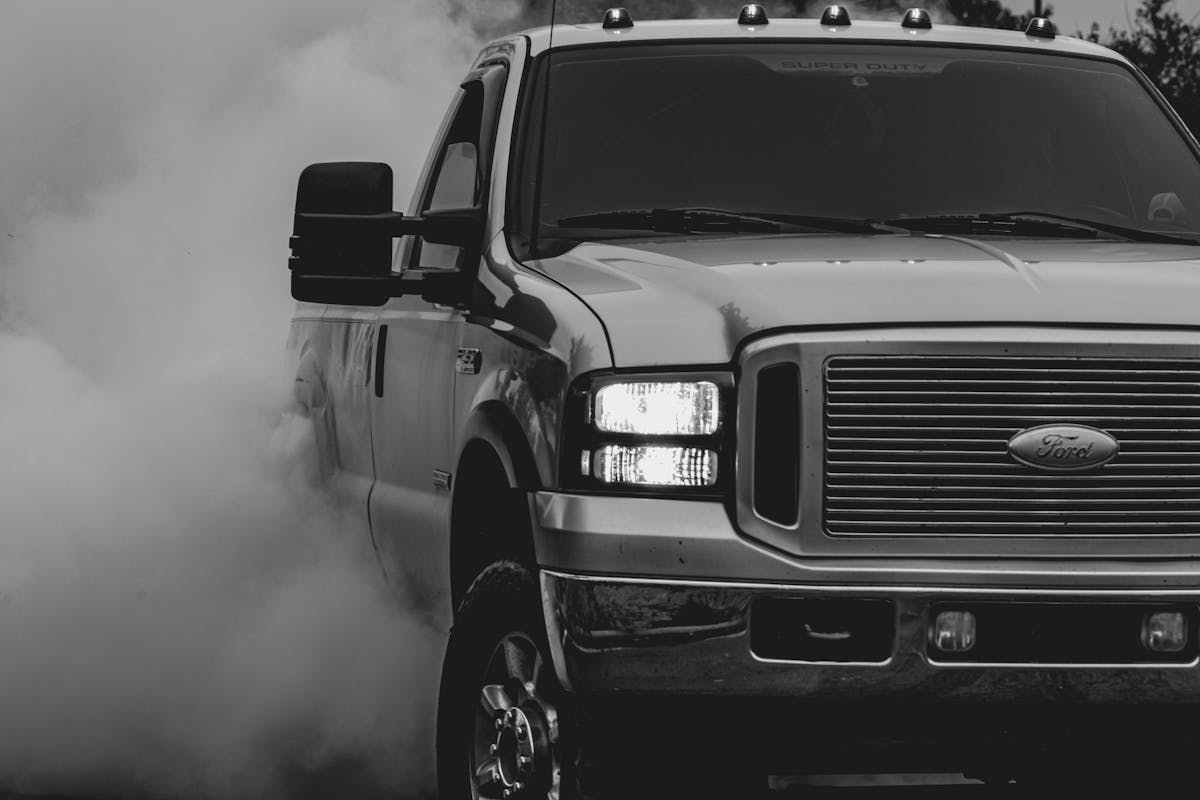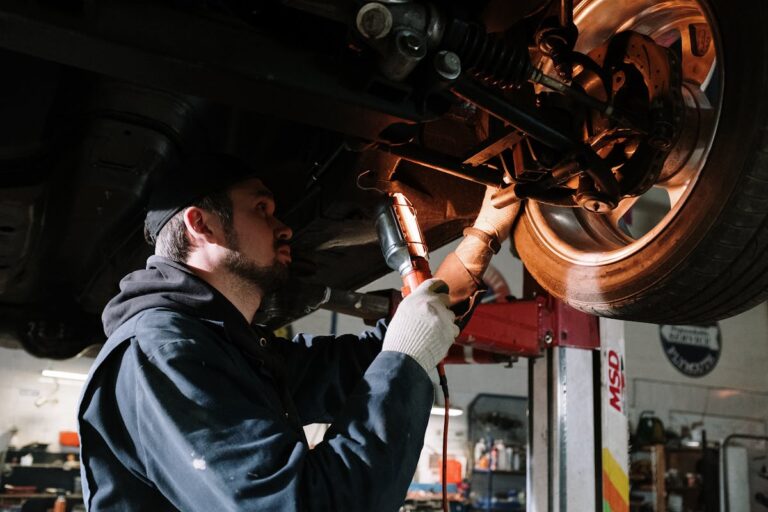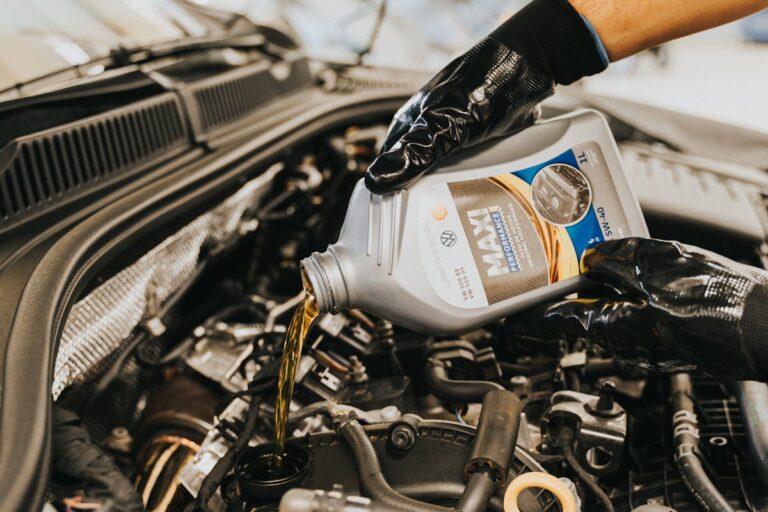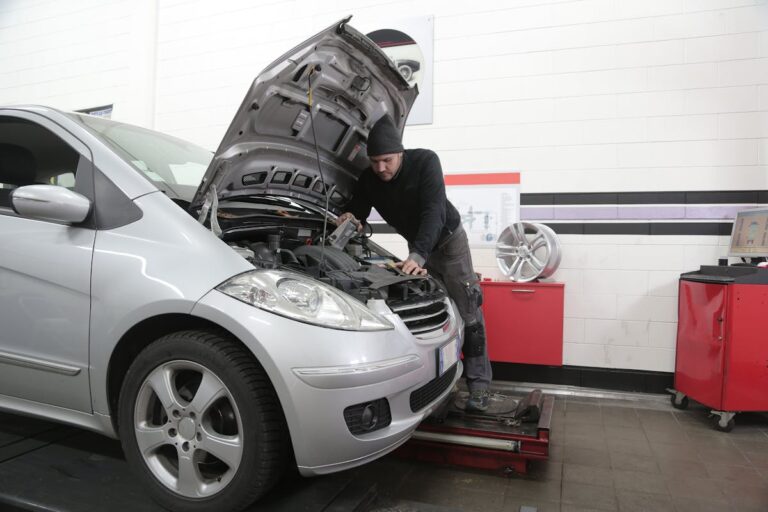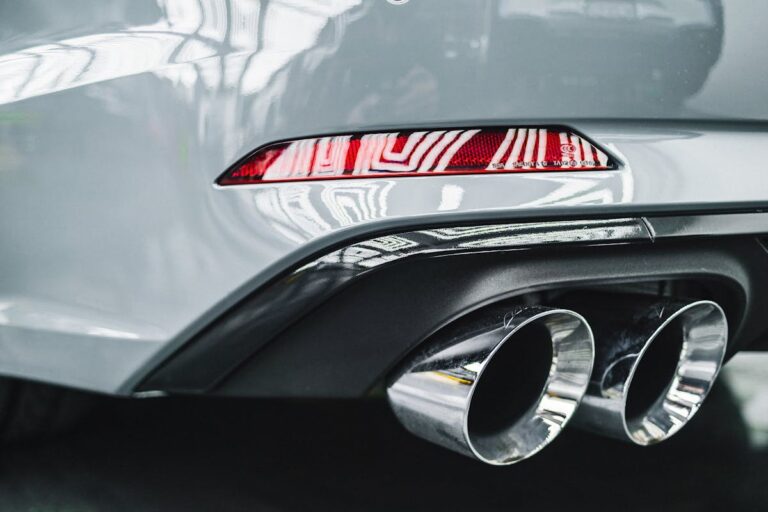California Emission Standards for Turbo Kits
As we examine the landscape of California’s stringent emission standards, the impact on turbo kits, a popular performance modification for car enthusiasts, becomes increasingly significant. The requirement for these kits to receive CARB certification, including an Executive Order number, signifies a strict compliance to the same emission limits as naturally aspirated engines. Given the potential for steep fines and legal consequences, the importance of understanding and adhering to these regulations cannot be overstated. Yet, one might wonder, how does this rigorous standard affect the aftermarket and performance tuning industry in California?
Understanding California’s Emissions Laws
Grasping the intricacies of California’s emissions laws is a fundamental step when considering the installation of a turbo kit. These laws, known as California regulations, are stringent and thorough, set up to protect the environment from harmful pollutants emitted by vehicles.
The state’s Bureau of Automotive Repair (BAR) enforces these regulations through rigorous emission testing. This process scrutinizes the amount of pollutants a vehicle releases, with an emphasis on nitrogen oxides, particulate matter, and carbon monoxide. Vehicles equipped with turbo kits are no exception; they must adhere to the same standards as naturally aspirated engines.
To adhere to these regulations, turbo kits must be certified by the California Air Resources Board (CARB). CARB certification guarantees that a turbo kit does not increase a vehicle’s emissions beyond allowable limits. This is determined through a series of laboratory tests that measure the vehicle’s exhaust emissions under varying conditions.
Consequently, a turbo kit that is not CARB-certified may lead to failed emission testing, resulting in potential legal and financial repercussions. Hence, understanding these laws is essential before installing a turbo kit in California, guaranteeing compliance and avoiding possible penalties.
Turbo Kits and Their Emissions
When examining the relationship between turbo kits and emissions, it is essential to understand how these components operate. Turbo kits, comprising a turbocharger and its ancillary elements, work on the principle of forced induction. This process uses the vehicle’s exhaust gases to compress the incoming air, which increases the amount of oxygen entering the combustion chamber, thereby enhancing the engine’s power output.
However, this power comes with a cost—emissions. Despite this, the turbocharger’s design inherently focuses on turbo efficiency, which can aid in emissions reduction. By utilizing waste exhaust gases, turbochargers reduce the amount of unburnt fuel exiting the exhaust, thereby decreasing harmful emissions.
Moreover, advancements in turbocharger technology have led to developments like variable geometry turbochargers, which adjust the turbo’s aspect ratio based on engine speed. This optimization of turbo efficiency considerably reduces emissions at low engine speeds, a common condition in urban driving.
Despite these advantages, turbocharger emissions are subject to regulatory oversight. This is particularly true in regions with stringent emissions standards, such as California. Meeting these standards requires careful consideration of turbo kit design and usage, making the relationship between turbo kits and emissions a complex, but manageable, challenge.
The Role of the California Air Resources Board
The California Air Resources Board (CARB) plays a pivotal role in defining and enforcing emission standards in the state, including those related to turbo kits. To grasp how these standards impact such kits, it’s essential to first comprehend the function and regulatory framework of CARB. Consequently, we will explore the Board’s mission, its emission regulations, and their direct effects on the manufacture and utilization of turbo kits.
Understanding CARB’s Function
As an integral part of California’s environmental policy, the California Air Resources Board, known as CARB, plays a significant role. The primary function of CARB is to promote and protect public health, welfare and ecological resources through the effective and efficient reduction of air pollutants while recognizing and considering the effects on the economy of the state.
In understanding the functions of CARB, it is essential to provide an overview of its regulations. The agency operates under the jurisdiction of the California Environmental Protection Agency, establishing standards and enforcement procedures for various sources of air pollutants in California, including cars, trucks, buses, construction equipment and industrial facilities.
CARB serves as a technical and analytical resource, conducting research, monitoring air quality and developing scientific models to understand the impact and sources of air pollution. It also develops programs and actions to reduce emissions from mobile sources, such as vehicles, and stationary sources, like factories and power plants.
Furthermore, CARB coordinates, collaborates and oversees the efforts of local air pollution control districts, which are primarily responsible for controlling stationary sources of air pollution within their respective jurisdictions. The extensive role of CARB guarantees the application of science-based policies and standards towards achieving cleaner, healthier air quality for all Californians.
CARB’s Emission Regulations
Overseeing a vast regulatory landscape, CARB meticulously crafts emission regulations to safeguard the state’s air quality. The agency utilizes scientific research and technical analysis to develop these standards, providing a rigorous benchmark for vehicle pollution levels.
CARB enforcement operates through stringent monitoring, ensuring compliance with its emission regulations. It involves a systematic process of inspection and emission testing, which aids in identifying vehicles that exceed allowable pollution thresholds. The emission testing process is precise and thorough, consequently enabling CARB to accurately measure the amount and types of pollutants released from vehicles.
A critical aspect of these regulations is their focus on specific pollutants, such as nitrogen oxides, particulate matter, and carbon monoxide. Each of these pollutants have set limits, and vehicles exceeding these limits face penalties. The standards are regularly updated, reflecting evolving scientific understanding of pollutants’ impact on air quality and public health.
CARB’s emissions regulations are designed to reduce statewide greenhouse gas emissions and meet federal Clean Air Act requirements. They play an essential role in maintaining California’s air quality, providing a blueprint for other states and countries looking to develop their own emission standards.
Impact on Turbo Kits
Steering through the landscape of CARB’s emission regulations, turbo kit manufacturers are considerably impacted. Their challenge is to design kits that boost turbo performance without infringing upon stringent emission reduction targets set forth by the state of California.
Emission standards require that turbo kits emit no more pollutants than the original engine. This adds a complex layer to the kit manufacturing process, as they must now integrate emissions-control technologies into their designs. The consequence is a potential impact on turbo performance, as the ability to increase engine power is typically associated with higher emissions.
One approach is to incorporate advanced catalytic converters designed to effectively reduce harmful emissions. Although this can bridge the gap between performance enhancement and emission reduction, it often results in a higher price point for the turbo kit.
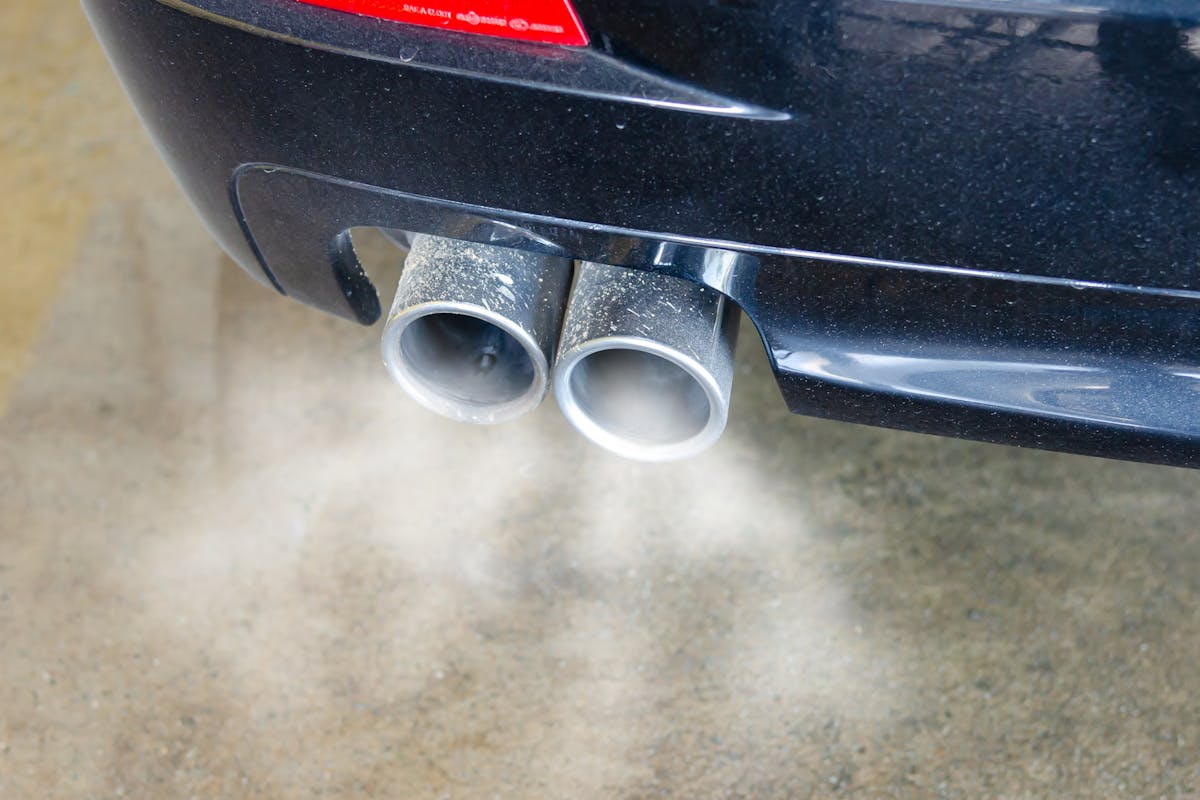
How to Verify Turbo Kit Compliance
Ensuring compliance with California’s emission standards for turbo kits necessitates a multi-step verification process. This process is critical to ensuring the kits meet or exceed the state’s stringent requirements, thereby safeguarding the environment and public health.
The first step in turbo kit verification is to check whether the kit is CARB (California Air Resources Board) certified. A CARB EO (Executive Order) number is a clear indicator of this certification. Next, verify the components list against the CARB approval document. Any discrepancies could signify non-compliance and call for further investigation.
Next, detailed inspection of the turbo kit installation is required. This includes checking the turbocharger, intercooler, and related hardware for proper installation as per manufacturer’s instructions. A compliance checklist can be invaluable here, ensuring no steps are missed.
Lastly, perform an emission test as per California’s Smog Check Program. The vehicle must pass this test to confirm the turbo kit’s compliance.
Consequences of Non-Compliant Turbo Kits
Non-compliance with California’s emission standards for turbo kits can have significant implications, both legally and regarding vehicle performance. The legal repercussions associated with non-compliant turbo kits may range from fines to potential revocation of vehicle registration. Simultaneously, these non-compliant kits can detrimentally impact vehicle performance, leading to decreased fuel efficiency and increased wear and tear.
Legal Repercussions of Non-Compliance
The landscape of legal implications surrounding the use of non-compliant turbo kits in California is complex and fraught with potential pitfalls. Violation of these stringent laws can result in significant legal penalties, including substantial fines and potential legal actions that can affect both the vehicle owner and the installer of the non-compliant turbo kit.
Compliance strategies are pivotal in maneuvering this intricate legal framework. These strategies should encompass a thorough understanding of California’s emission standards, meticulous selection of compliant turbo kits, and regular emissions testing. While these measures may seem burdensome, they are essential to avoid the costly and time-consuming legal repercussions of non-compliance.
In cases where non-compliance is identified, swift action should be taken to rectify the situation. This can involve replacing the non-compliant turbo kit with a compliant one or modifying the existing kit to meet the required standards. Whichever course is chosen, it should be accompanied by a clear and documented plan to demonstrate proactive compliance efforts to the relevant authorities.
Performance Impact on Vehicles
Undeniably, installing non-compliant turbo kits can dramatically alter a vehicle’s performance, often in detrimental ways. These kits, while designed to increase engine power, are not always aligned to the vehicle’s original design specifications, thereby causing significant performance issues.
When we investigate performance tuning, the impact of these non-standard modifications becomes evident. Non-compliant turbo kits may cause irregularities in the engine’s air-fuel mixture, leading to inefficient combustion. This inefficiency not only decreases the engine’s output, but also increases fuel consumption, directly affecting the vehicle’s performance metrics.
Furthermore, these kits can induce excessive heat in the engine, leading to premature wear and tear of components. This thermal stress could potentially lead to catastrophic engine failure, an expensive consequence of such vehicle modifications.
Additionally, these kits often neglect to take into account the balance between power and stability. The increase in power without corresponding modifications to the vehicle’s handling and braking systems can lead to a decrease in overall vehicle safety.
Case Study: Legal Turbo Kit Installations
Examining the landscape of legal turbo kit installations in California presents a revealing insight into the adherence to stringent emission standards in the state. Case studies of installations conducted under these guidelines provide an analytical perspective of the practical application of these regulations.
The process begins with the selection of a turbo kit that meets California’s emission standards. Installation guidelines require the kit to be certified by the California Air Resources Board (CARB), ensuring that it reduces harmful emissions and is environmentally friendly. Each kit is allocated an Executive Order (EO) number, serving as a mark of compliance with the state’s regulations.
A notable case study is that of a 2019 Ford Mustang GT. Following guidelines, a CARB-certified turbo kit was installed. Post-installation, the Mustang underwent mandatory smog testing, successfully meeting California’s emission standards. This illustrates the feasibility of enhancing vehicle performance while adhering to environmental regulations.
Future Trends in Emission Standards
Drawing from the case study of turbo kit installations in California, it’s evident that current regulations prioritize both performance enhancement and environmental preservation. However, as we look to the future, the balance between these two factors is likely to shift more heavily in favor of the environment, driven by emission innovations and future technologies.
One of the most promising trends in emission standards is the development of advanced emission control systems. These systems will not only reduce emissions from turbo kits but also improve their efficiency. The integration of such systems into turbo kits will be a key focus of future regulations.
Additionally, the incorporation of future technologies, such as artificial intelligence and machine learning, will further refine the operation of turbo kits. These technologies can enhance performance in real-time, further reducing emissions.
However, the adoption of these emission innovations and future technologies will not be without challenges. Regulatory agencies will need to revise existing standards and create new ones to guarantee these technologies are used responsibly and effectively.
Ultimately, the future trends in emission standards will push for a more sustainable and eco-conscious automotive industry. The focus will shift from merely enhancing performance to achieving peak performance in a way that also preserves the environment.
Making Your Turbo Kit Eco-Friendly
Adapting your turbo kit to be more eco-friendly is not only a responsible move towards the environment, but it can also enhance the overall performance of your vehicle. The modification process involves selecting and integrating eco-friendly materials that are durable, lightweight, and efficient, thereby reducing the carbon footprint of the vehicle while maintaining or improving its power output.
The primary components that can be replaced with eco-friendly alternatives include the turbocharger, intercooler, and piping. These can be made from materials such as lightweight aluminium or recycled steel. In addition, the use of bio-based lubricants can greatly reduce harmful emissions, contributing to a sustainable performance.
Moreover, implementing advanced technologies such as variable geometry turbocharging (VGT) can optimize the air-fuel mixture, improving fuel efficiency and reducing emissions. The calibration of the engine management system to optimize fuel injection and ignition timing can further enhance performance and fuel economy.
With these modifications, the turbo kit can deliver a high-performance, economical, and eco-friendly driving experience. Adhering to California’s stringent emission standards is not only possible but advantageous, proving that performance and sustainability can indeed go hand in hand.
Frequently Asked Questions
What Other States Follow Californias Emission Standards for Turbo Kits?
Several states adhere to similar emission regulations as California for turbo kits. These include New York, Pennsylvania, Oregon, and Washington, among others, indicating a widespread adoption of stringent environmental standards for vehicle modifications.
Are There Any Tax Incentives for Using Compliant Turbo Kits in California?
Yes, tax credits are available in California for eco-friendly modifications, including compliant turbo kits. These incentives aim to encourage vehicle owners to adopt technologies that reduce emissions and align with environmental sustainability standards.
Can Non-Compliant Turbo Kits Be Modified to Meet Californias Emission Standards?
Yes, non-compliant turbo kits can potentially be modified to meet emission standards. However, this process may require significant adjustments and should always be verified through appropriate emission testing to guarantee full compliance.
What Impact Do Turbo Kits Have on a Vehicles Fuel Efficiency?
Turbo kits, while providing performance enhancement, can impact a vehicle’s fuel economy. They increase engine efficiency by forcing more air into the combustion chamber, potentially leading to greater fuel consumption if not appropriately managed.
Does the Age of My Vehicle Affect Its Ability to Meet Emission Standards?
Yes, vehicle age can influence emission compliance. Older vehicles may struggle to meet current standards due to wear and tear and outdated technology, requiring modifications or upgrades to achieve regulatory compliance.
